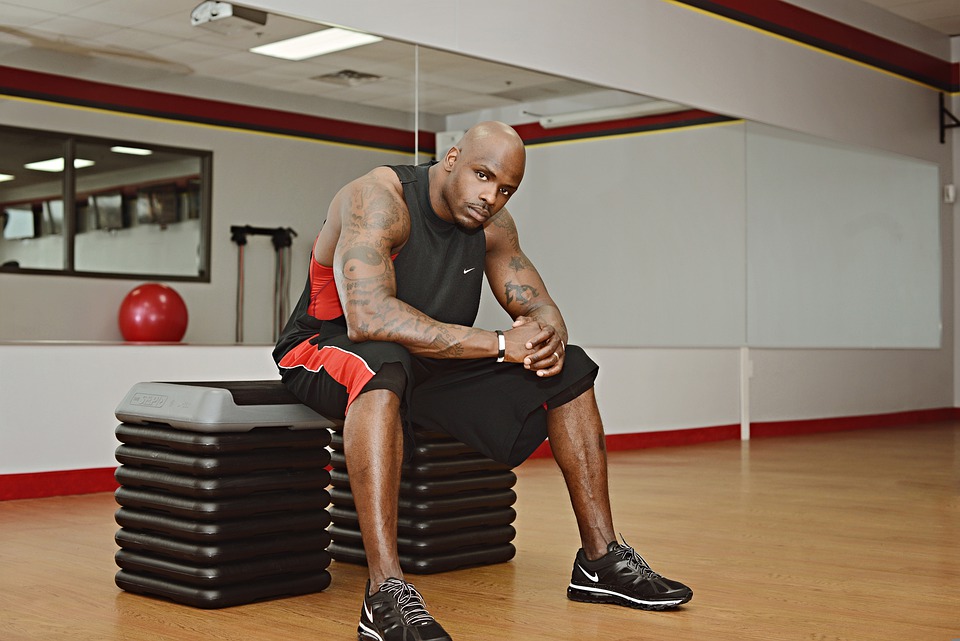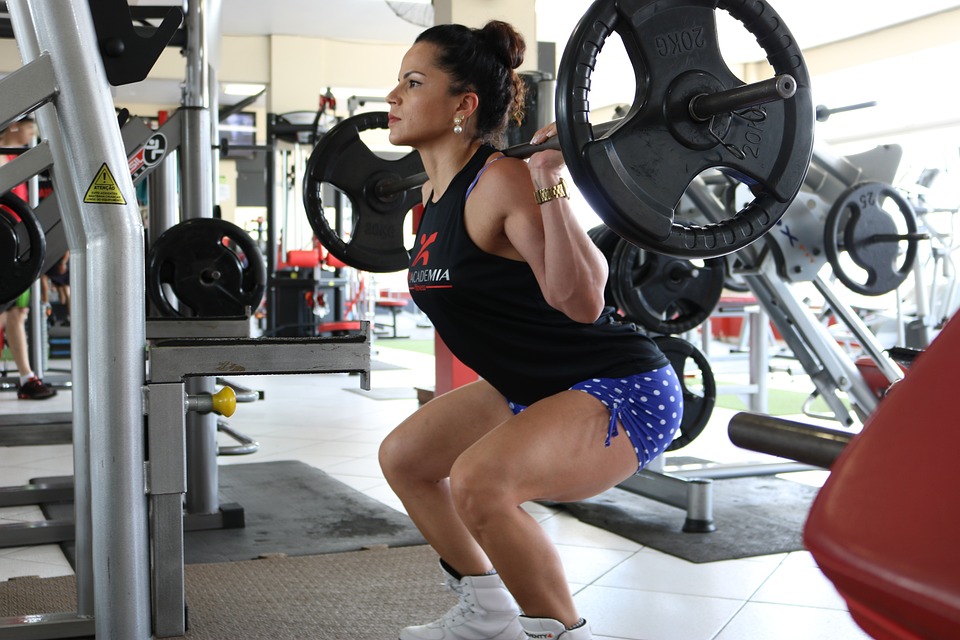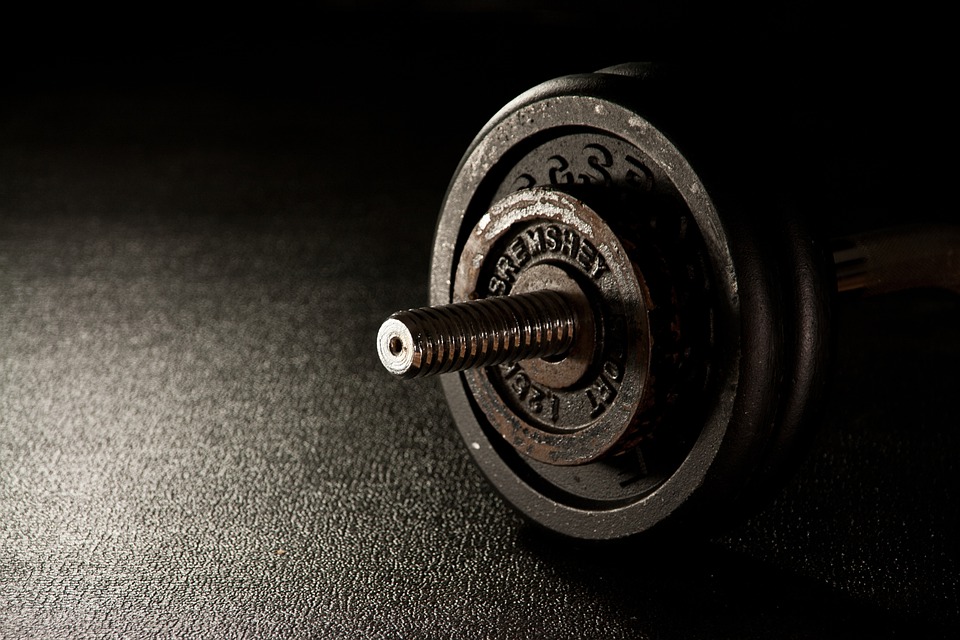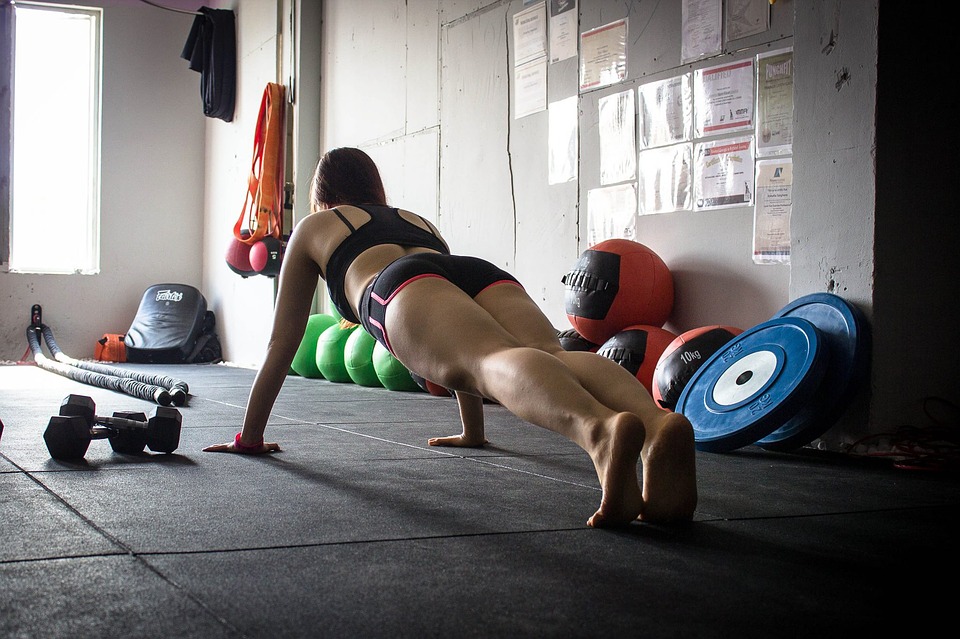
How often one should work out is a subject that is often discussed when it comes to strength sports. Exercise frequency is a vital part of creating and following an exercise plan. It involves determining how many times you should engage in workouts or exercise your legs during the course of a week. Essentially, there is no one ideal way to work out that applies to everyone when considering how hard someone trains, how much they do, and the fact that everybody is one of a kind.
Figuring out how often to exercise can be a challenge because there are lots of different strength exercises that have to be done and the strain it places on your body requires recovery time. No matter how ambitious your goals are – working out five or six times a week – it might be too much for your body to handle; this could leave you feeling unwell. You don’t need to put in long hours at the gym in order to be a skilled athlete. The frequency of your workouts is determined by numerous variables, none of which concern what type of activities you should do.
Defining Exercise Frequency
How often one exercise is determined by the number of training sessions that occur during a predetermined time frame (generally a week). It’s influenced by a wide range of things. How much lifting experience do you have? Do you have very intense training sessions? Are you getting sufficient sleep? Do you think it is necessary to exercise on a daily basis? It is essential to ascertain the most suitable frequency of exercise in order to maximize the effectiveness of any exercise program used to achieve your body, mental and personal objectives.
If you desire to be even more precise in the definition of how many times to exercise, consider the specific muscle groups or movements involved. It is vital to consider not only the number of times you exercise but also what you are doing while you are doing it. A full-body workout split over three times a week would mean exercising legs three times in a single week. You could also opt for an approach that involves exercising four or five times a week and devoting two of those days exclusively to leg training. Although the latter option implies a greater total amount of exercising, a full-body routine would give your legs a higher frequency of workouts (three times a week instead of twice).
Choosing Your Exercise Intensity
How hard should you be exercising? The Department of Health and Human Services recommends these exercise guidelines for most healthy adults:
- Aerobic activity. Get at least 150 minutes a week of moderate aerobic activity — such as brisk walking, swimming, or mowing the lawn — or 75 minutes a week of vigorous aerobic activity — such as running or aerobic dancing. You can also do a combination of moderate and vigorous activity. It’s best to do this over the course of a week. You can achieve more health benefits if you ramp up your exercise to 300 minutes or more of moderate aerobic activity a week.
- Even small amounts of physical activity are helpful, and accumulated activity throughout the day adds up to provide health benefits.
- Strength training. Do strength training for all major muscle groups at least twice a week. Consider free weights, weight machines, or activities that use your own body weight — such as rock climbing or heavy gardening. Or try squats, planks, or lunges. Aim to do a single set of each exercise, using a weight or resistance level heavy enough to tire your muscles after about 12 to 15 repetitions.
To get the most benefits from your workout, you should aim for a moderately intense or arduous level. Burning more calories is possible by partaking in activities that are more vigorous or of longer duration in order to reduce weight.
Balance is still important. Excessive effort can lead to a higher chance of discomfort, harm, and exhaustion. If you are new to working out, begin at a low-intensity level. Gradually build up to moderate or vigorous intensity.
Consider your reasons for exercising. Would you be interested in boosting your physical health, slimming down, competing in a tourney, or executing a blend of these? The information you provide will aid in deciding what intensity the exercise activity should be done at.
Do not be overly ambitious and move at a pace that doesn’t overwhelm you. Being in good shape is a long-term endeavor, not a quick race to the end. Consult a medical professional if you have any illness or if you are uncertain of how vigorous the exercise routine should be.
Understanding Exercise Intensity
When you are performing a type of physical activity that expends energy, such as walking or biking, how difficult the activity feels to you is associated with how strenuous it is. The amount of effort you put into your physical activity can be gauged by the rate at which you are breathing and your pulse, how much perspiration you are releasing, and the exhaustion felt in your muscles.
There are two basic ways to measure exercise intensity:
- How you feel. Exercise intensity is a subjective measure of how hard physical activity feels to you while you’re doing it — your perceived exertion. Your perceived exertion level may be different from what someone else feels doing the same exercise. For example, what feels to you like a hard run can feel like an easy workout to someone who’s fitter.
- Your heart rate. Your heart rate offers a more objective look at exercise intensity. In general, the higher your heart rate during physical activity, the higher the exercise intensity.
One’s assessment of how difficult the exercise is may not always correspond to their heart rate, and this varies from person to person. This can serve as a general guideline to assess your level of effort. If you believe that you are putting in a lot of effort, then your heart rate is likely greater than it usually is.
You can use either way of gauging exercise intensity. If you’re a tech enthusiast, you can use an activity tracker that has a heart rate monitor to measure your pulse. If you think you can accurately gauge your own physical exertion, then you won’t need to track it with a device.
Gauging Intensity By How You Feel
Here are some hints to assist in determining the strenuousness of your physical activity.
Moderate exercise intensity
Moderate activity feels somewhat hard. Here are clues that your exercise intensity is at a moderate level:
- Your breathing quickens, but you’re not out of breath.
- You develop a light sweat after about 10 minutes of activity.
- You can carry on a conversation, but you can’t sing.
Vigorous exercise intensity
Vigorous activity feels challenging. Here are clues that your exercise intensity is at a vigorous level:
- Your breathing is deep and rapid.
- You develop a sweat after only a few minutes of activity.
- You can’t say more than a few words without pausing for breath.
Overexerting yourself
Beware of pushing yourself too hard too often. If you find that you are struggling to breathe, feeling discomfort, or are unable to work out for as long as you intended, this might indicate that the level of activity is higher than your body is able to handle. Back off a bit and build intensity gradually.
Best Exercise Frequency for Beginners
It is not essential to exercise on each or the majority of days of the week in order to observe the results of becoming fitter, a 2015 research discovered. A couple of training sessions every week should be adequate to create development, particularly if you are a new entrant to physical strength competitions.
This research sought to investigate how frequently one must exercise in order to observe changes in the bicep muscles in regard to both strength and size among people initially unaccustomed to working out. The research involved 30 participants who were divided into two separate groups completing the same amount of work over the course of a week. One set of participants had a single session each week whereas the other set exercised twice a week. The participants of this research did not possess any prior experience with weightlifting.
The study subjects engaged in the same physical activity and number of repetitions, comprising of lat pulldowns, seated rows, and barbell bench presses. At the culmination of 10 weeks, both groups recorded an enhancement in the width of their muscles, the size of their arms, and the highest torque in their right arm flexor muscles. The collective that practiced two times each week experienced a bit more gains for the three criteria and had a more drastic increase in peak torque than the team that did one session.
It is implied that beginners can further their progress if they choose to work out only once a week. If you can and want to practice two times each week, you may notice even more gains in muscle development.
Best Exercise Frequency for Intermediate Lifters
If you’ve been weight training for an estimated period of between one to three years, then you are likely classed as an intermediate-level lifter. It appears that your body can cope with a higher level of exercise from your initial workout routine, but how often should you lift weights?
A 2018 study segregated lifters into two divisions: one classification enrolled in workouts three times every week, while the other worked out six times each week. Although the frequency of the exercises diverged considerably, the amount of workout participants did was uniform for the duration of the week.
After finishing their study, the researchers observed that both groups experienced a rise in their one rep max for back squat, bench press, deadlift, strength in powerlifting, and their Wilks score, as well as similar adjustments to their body composition. It was proposed by scientists, consequently, that the amount practiced may be more influential in enhancing performance rather than how often it is practiced.
What is the ideal training frequency for someone with intermediate lifting experience? If you possess good recovery abilities, it could be advantageous to exercise as often as six times a week. Sticking to the same intensity and amount within just three to five days can provide you with the same advantages without as much stress on your physical body.
Best Exercise Frequency for Advanced Athletes
You’ve been at it for over 36 months, and there’s nothing more gratifying than a quiet workout session in your fitness center on a tranquil Sunday. One might be attracted to achieving new objectives by simply exercising more regularly. Increasing the amount of workouts you do appears to be a reasonable choice to reach the highest level of progress. Moreover, training frequently can be a thrilling and rewarding experience when done in a safe manner with proper rest.
But more frequent doesn’t always mean more effective. A 2019 research project tracked 23 accomplished cisgender male participants during two 8-week programs. One group conducted exercises on each of the main muscular regions five times in seven days while the other only did it once a week. Regardless, the aggregate sum and power remained the same throughout the weeks.
The end results presented the same level of strength and muscle growth for both groups. The evidence points to volume and intensity having greater significance in terms of achieving success in the gym than frequency.
People with advanced lifting ability may be able to practice their entire figure each day and observe major increases. It’s possible to exercise just one time per week and still see considerable development. Alternatively, you can exercise almost on a daily basis, concentrating on one key muscle group every day, and still get remarkable progress. When you are well-practiced, the gym is a place of limitless possibilities. The amount of sets you do for each muscle should remain at around 10 a week, and how many times you do them will depend on what you prefer.
How to Manage Exercise Frequency
It can be tricky to single out the ideal exercise frequency for you; still, there are various things you can consider to help you figure out what could suit you the best. Below are several factors and details that could determine how often you should exercise each week.
Strength Sport
What sort of exercise you practice will dictate how regularly you need to work to move forward. Each individual’s past experience and taste vary, however, there are things that commonly should be taken into account.
Type of Sport
The frequency with which you should train will depend on which activity you do, as the requirements of powerlifting, Strongman, Olympic weightlifting, CrossFit, and bodybuilding vary. For instance, weight training may necessitate a higher frequency because it involves more technical moves, while powerlifting may need fewer repetitions because the fatigue factor needs to be taken into account more. No matter which sports you are participating in, ensure that you are prioritizing your ability to recover.
Time of Season
Are you getting ready for a competition or taking a break? The length of the season for your sport will be an important factor in how often you participate. Your coach could evaluate your situation and create a tailored plan to address the buildup of fatigue you may experience in some cases.
Training Age
How long have you been in your sport? Athletes with more experience may need to work out more often in order to reach the level of development that they desire. Conversely, their sessions may be in need of fewer resources as they require more energy to complete. This is another consideration a coach could assess.
Lifestyle
Accepting it may not be easy, however, one can’t ignore that one’s habits of life are usually prominent in determining how frequently one should exercise. Here are several elements of a lifestyle to remember when deciding how often to exercise.
Stress Levels
Stress can be beneficial in strength training as it allows muscles to strengthen and expand. An excessive amount of tension can use up the adrenal resources and vitality stores, for example, glycogen, influencing your preparation in a negative way.
When your stress is playing a role in diminishing your energy and results, it’s probably best to concentrate on managing that before piling on more workouts. You don’t need to exercise more than once a week to remain productive.
Time Allotment
Be truthful to yourself about the amount of time you have available for exercise. If you are continually running out of time and can’t suitably complete a structured workout, then consider analyzing how often you work out.
Sleep
When deciding how often to exercise, it is important to factor in the amount of sleep you will be getting. If you skimp on sleep, it’s likely you won’t get the best results from your exercise routine. It is during sleep that the body does the most healing, so cutting it short could impede your progress. The results of a 2014 survey support the idea that athletes who don’t get at least eight hours of sleep each night are more prone to sustaining an injury, happening 1.7 times more regularly.
Nutrition
Your diet has an effect on your activities both inside and outside of the gym, and this influence how frequent your exercise regimen is. Basically, if your exercise activities become more frequent, you must consume enough sustenance to compensate for the increased exertion.














